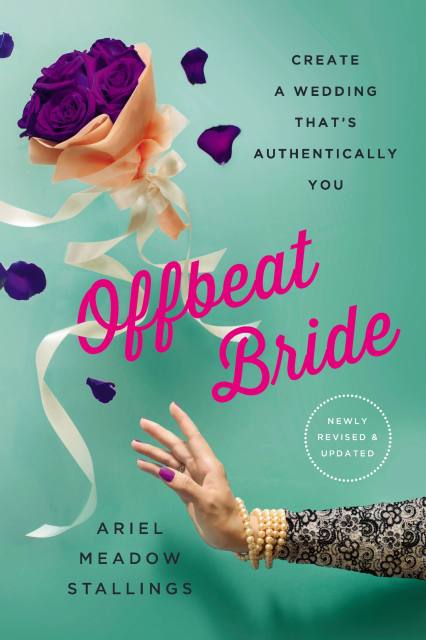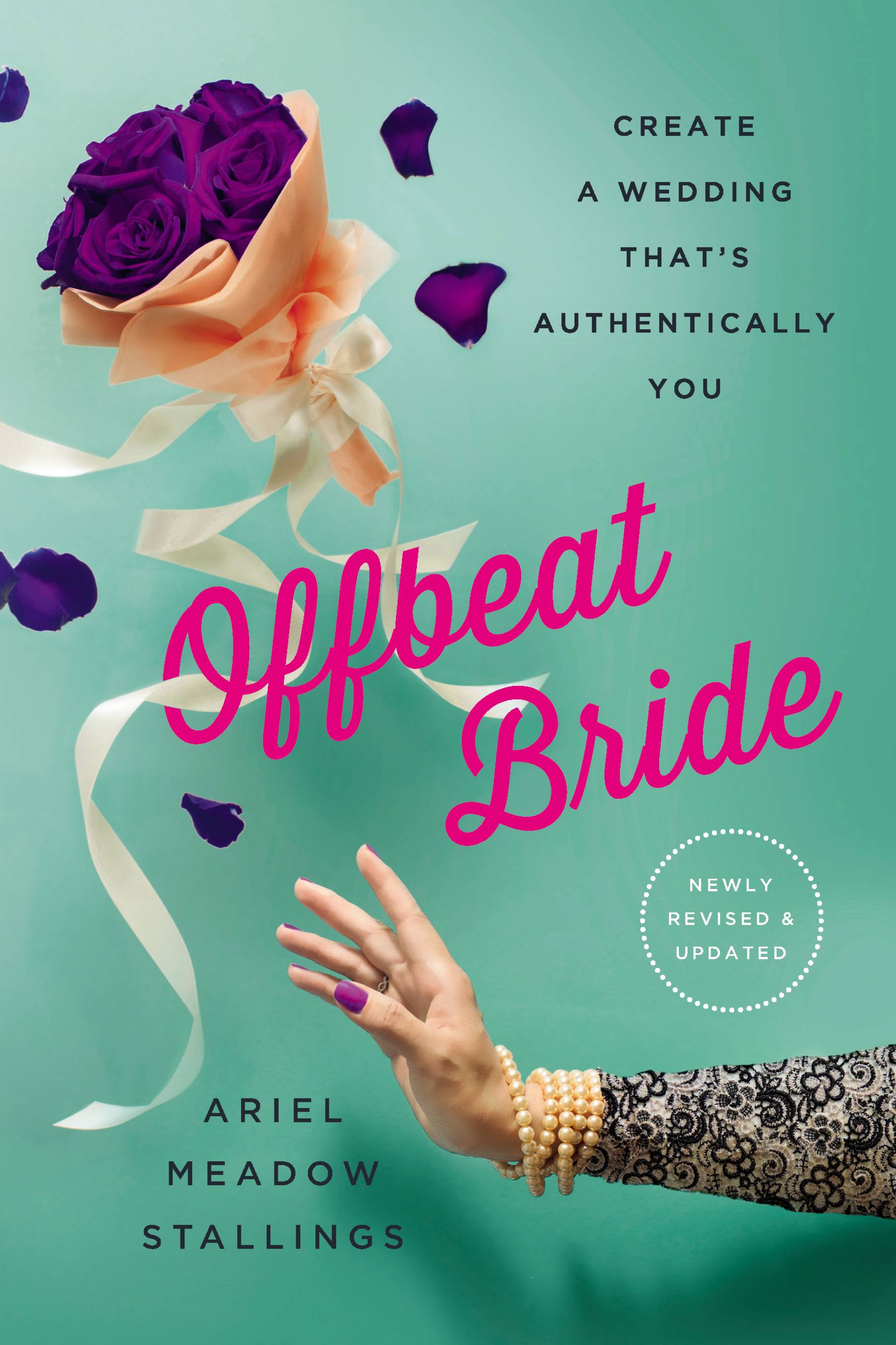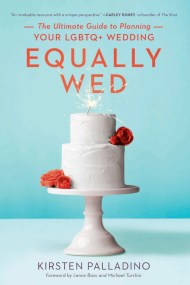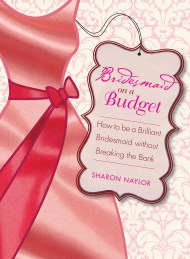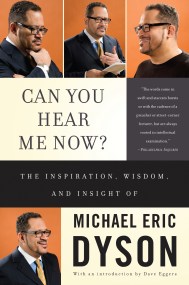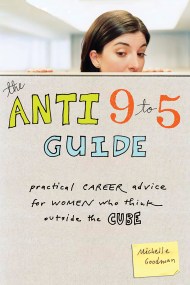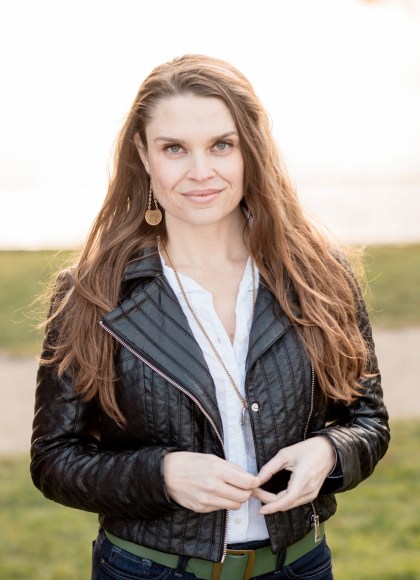Promotion
Use code MOM24 for 20% off site wide + free shipping over $45
Offbeat Bride
Create a Wedding That's Authentically YOU
Contributors
Formats and Prices
Price
$12.99Price
$16.99 CADFormat
Format:
- ebook (Revised) $12.99 $16.99 CAD
- Trade Paperback (Revised) $16.99 $22.99 CAD
This item is a preorder. Your payment method will be charged immediately, and the product is expected to ship on or around September 17, 2019. This date is subject to change due to shipping delays beyond our control.
Also available from:
Newly updated for a new audience of independent, out-of-the-bridal-box thinkers, Offbeat Bride is today’s go-to source of support for couples who dare to walk off the beaten aisle
Unenthused by a white wedding gown and bored by the hoopla of the Hollywood-style reception, Ariel Meadow Stallings found herself absolutely exhausted by — and horribly distanced from — the nuances of traditional nuptials. So, she chose the aisle less-traveled for her own wedding day.
Unenthused by a white wedding gown and bored by the hoopla of the Hollywood-style reception, Ariel Meadow Stallings found herself absolutely exhausted by — and horribly distanced from — the nuances of traditional nuptials. So, she chose the aisle less-traveled for her own wedding day.
In this newly updated edition of Offbeat Bride, Stallings humorously recounts the story of the original offbeat wedding — hers — and shares anecdotes and advice from dozens of other nontraditional couples. She provides plenty of insider tips for avoiding extra costs and cumbersome obligations, along with a clever planner to help you create your own special day. Both practical and enjoyable, Offbeat Bride validates choosing the funky, different, and offbeat over the traditional, and leads couples through the planning process–from unique ideas on how to announce the engagement all the way to answering the question, “So, how’s married life?”
Stallings is the ultimate guide to the alternative wedding of your dreams, encouraging every bride and groom to create their own distinctive celebrations of partnership and love.
Genre:
- On Sale
- Sep 17, 2019
- Page Count
- 288 pages
- Publisher
- Seal Press
- ISBN-13
- 9781580059251
Newsletter Signup
By clicking ‘Sign Up,’ I acknowledge that I have read and agree to Hachette Book Group’s Privacy Policy and Terms of Use
